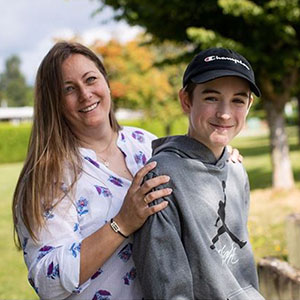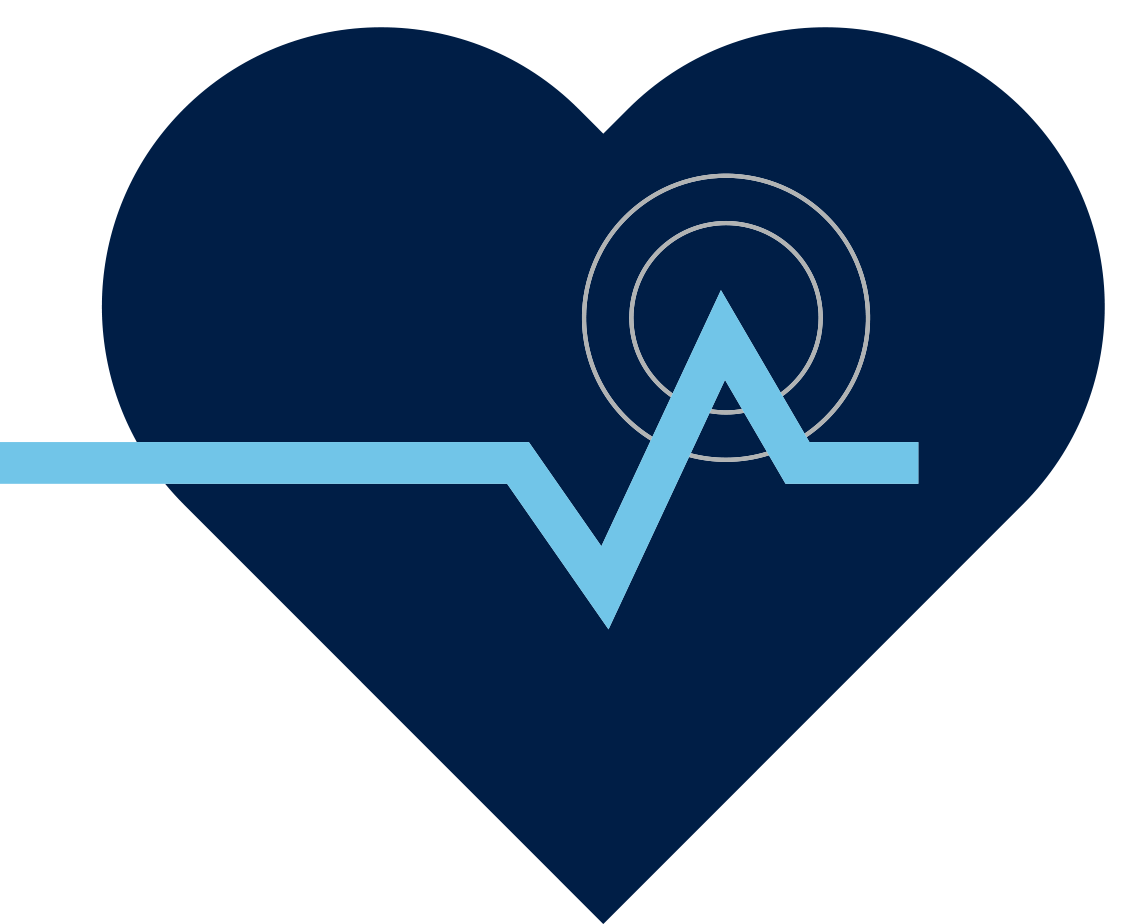
Stories
100 Years of Insulin Therapy
It was a discovery that changed the lives of millions of people in Canada and around the world. In the summer of 1921, a team at the University of Toronto began a new experimental approach to...
It was a discovery that changed the lives of millions of people in Canada and around the world. In the summer of 1921, a team at the University of Toronto began a new experimental approach to control diabetes. That team, made up of Canadian physician/scientists Frederick Banting, Charles Best, J.B. Collip and J.J.R. Macleod, soon announced the discovery of insulin, one of the most important breakthroughs in modern medical history.1

That breakthrough discovery 100 years ago fundamentally changed how diabetes is treated, leading to improved health and longevity for people living with diabetes.
Fortunately, diabetes care has evolved since those early days of insulin administered with glass syringes and urine glucose checks. New insulin formulations have emerged, including analog rapid- and ultralong-acting insulins, smart insulin delivery systems, and small, discrete continuous glucose monitoring (CGM) devices. CGM systems track glucose levels every few minutes, 24/7 through a tiny sensor inserted under the skin, either on the abdomen or arm using an automatic inserter. CGM systems can be used to help people with diabetes stay within their target blood sugar range and prevent low or high blood sugar episodes. The readings are relayed in real time to a device that can be read by the patient, caregiver or health-care provider, including remote capabilities. CGM can provide valuable information at crucial points during the day, including before and during exercise, prior to driving, before test/exam-taking, and in the middle of the night.
Of course, more work needs to be done to make life easier for people living with diabetes, and there are still challenges of multiple insulin dosing decisions per day around meals, exercise and other activities.2 Rather than relying mostly on accurate carbohydrate counting and the appropriate timing of insulin administration, the addition of artificial intelligence partnered with current technologies will help patients follow their care plans3 with personalized, precision diabetes management, reducing the burden on them, their care partners and their care team.

In 2018, Health Canada licensed the first hybrid closed loop system that paired CGM with a smart algorithm to automatically adjust background insulin delivery from the Medtronic MiniMedTM 670G insulin pump. The system was shown to increase time in target glucose range (TIR) in studies,4,5 reducing complications associated with high (hyperglycemic) and low (hypoglycemic) glucose activity.
People living with T1D still contend with a daily added burden that is often invisible to those around them. That’s why Medtronic is introducing the blue balloon challenge — creating conversations around T1D to help people understand what life with diabetes can feel like. In collaboration with JDRF and Diabetes Canada, we are challenging people to spend part of their day balancing a balloon in the air as they accomplish common tasks, much like the precarious balance of managing T1D.

Meaningful improvements in diabetes management have been made over the years, and Medtronic is proud to have contributed to critical innovations. We remain committed to research and development as we play our part in reducing the burden of living with diabetes by providing a range of solutions for people around the world.
So, as we celebrate a great Canadian discovery and the first 100 years of insulin, we also look forward to a more promising future.
Learn more at www.medtronicdiabetes.ca
1
- The Canadian Encyclopedia, The Discovery of Insulin.
- Vigersky RA, et al. Clinical Perspective. Nature Milestones Supplement, 2021, in press.
- Klonoff DC, Zhang JY, Shang T, Mehta C, Kerr D, Pharmacoadherence: An Opportunity for Digital Health to Inform the Third Dimension of Pharmacotherapy for Diabetes. JDST, 2020; https://doi.org/10.1177/1932296820973185
- Bergenstal, R. M. et al. Jama. 2016; 316 (16): 1407 - 1408.
- Garg SK et al. Diabetes Technol Ther. 2017 Mar;19(3):155-163.


